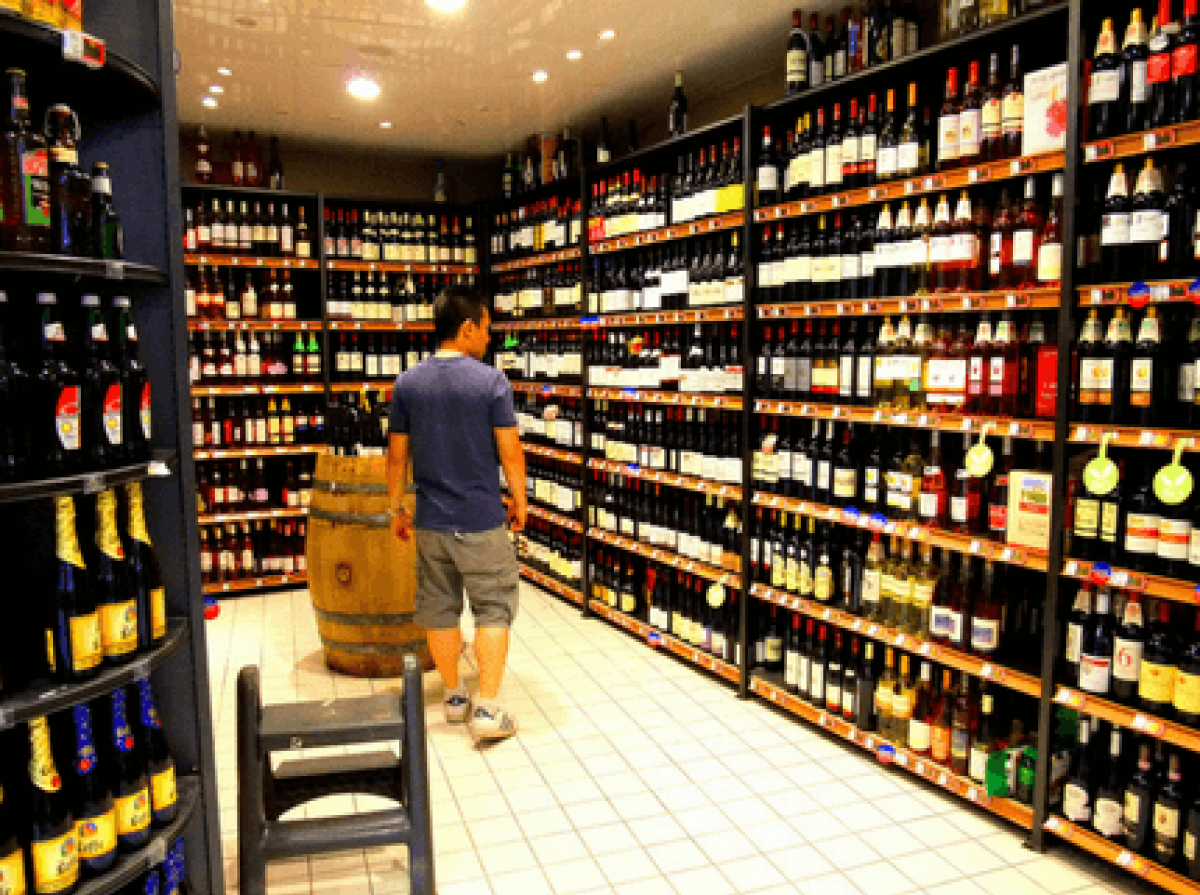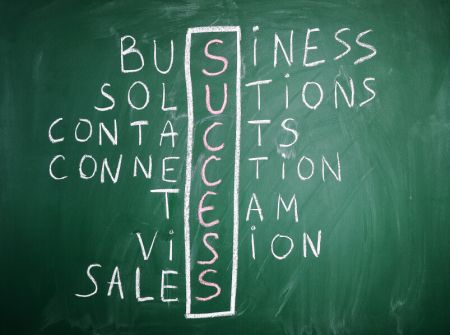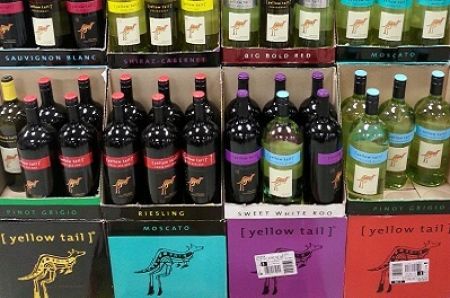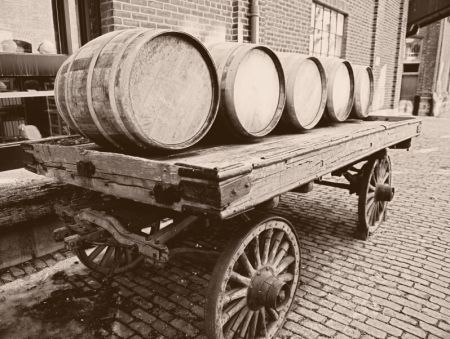Sommeliers Choice Awards 2024 Winners
Make Your Wine Store a Lean, Mean, Selling Machine
From the perspective of a retail wine buyer, the competitive landscape is getting more difficult by the day. That means your business model needs to be changing to keep up with the changes.

Retail wine stores need to take an “activist” approach to selling, according to Stephen Fahy of the Wine Library. In a wide-ranging discussion about what makes a retail wine store successful, Fahy shared five fundamental rules and eight useful tips for turning any wine store into a lean, mean, selling machine.
The new rules of wine retail
From the perspective of a retail wine buyer, the competitive landscape is getting more difficult by the day. That means your business model needs to be updated to keep up with these changes. Based on his long experience in the industry, Fahy outlines five fundamental rules that should be the cornerstone of your business model:
Rule #1: The SKUs that will make you money won’t sell themselves
When coming up with the perfect product mix (as measured by wine SKUs), retail wine stores have a choice between the big national brands that most customers recognize, and then all the smaller, artisanal brands without national distribution. While the conventional wisdom is that these national brands are the key to success, the reality is that these national brands will always limit you. The margin of error is just too small. So it pays to focus on the smaller brands. Since customers won’t recognize them, it’s up to the sales staff to become activists in their approach, and for this sales team must be motivated continuously. Without this proactive approach to selling, customers will simply move on.
Rule #2: Smaller artisanal brands will generate your gross profit
Once you’ve realized that the best-selling SKUs can’t be relied upon as your sole source of profit, you will need to turn your attention to the smaller, artisanal brands. You simply need to develop the sales smart within the retail store to service customers – including learning the stories behind these smaller brands. Fahy illustrates this concept with a simple equation: Service = Sales. If you aren’t providing a service, then you won’t be selling.
Rule #3: Customers are getting savvier about the wines available
At a time when wine SKUs are proliferating and customers are becoming savvier, it’s only opening up more opportunities for retail sales staff to talk with these customers. Understand their needs, interests, and desires – and that will help you find the right wine to keep them coming back for more.
Rule #4: Get out in front of marketing conversations that customers are having
The reality today is that marketing shapes public opinion. That leaves retail wine stores with two options – either ignore all the conversations that people are having on social media or find a way to participate in these conversations. Given Fahy’s preference for an “activist” approach, it’s easy to guess which option he has chosen. In fact, says Fahy, he now considers his business (Wine Library) to be 50% a wine store and 50% a marketing company. That’s how important marketing is in today’s wine industry.
Rule #5: Daily sales are all that matter
If you manage your daily sales figure, then your monthly, quarterly or annual figures will take care of themselves, says Fahy. Thus, as a retail wine store owner, you really need to track sales metrics on a daily basis.
Practical advice for selling more wine to more customers
After delineating these fundamental rules of the wine industry, Fahy shifted into a discussion of practical, everyday advice that retail wine store owners should take to heart.
1. Be consistent – Customers need to know that you are always there for them. So commit to a regular schedule of communication with them, whether it is once a day, once a week or once a month.
2. Price matters – The key is to provide customers a price that is both fair and aggressive. There are so many tools available today (such as Wine Searcher) that it’s impossible to keep customers from going elsewhere if you don’t offer a competitive price.
3. Kick down a door, stand on a table – When it comes to getting the best possible products for your customers, you have to get noticed by suppliers. Don’t be afraid to advocate for certain products if customers are asking for them (“This is what I’m looking for… Now go out and find it for me…”).
4. Be bold, get graphics and stand out – “We live in a world of noise,” says Fahy. Customers are probably bombarded by email offers from a variety of merchants. So you need to find a way to stand out.
5. Know your customers – Understand who your customer is, both individually and within different demographic groupings. What are they really looking for?
6. Don’t try to put lipstick on a pig – Know the product you’re selling and don’t try to push off lower-quality, unpopular or out-of-favor wines on customers in the hopes they won’t notice. “Only buy what you can sell,” advises Fahy.
7. Look for new angles and new opportunities – There is always room for experimentation, says Fahy. This might apply to vintage, location, winemaker or grape variety. This is true both for wine stores that sell $200 bottles and wine stores that sell $10 bottles. To get an idea of what’s new and trending, follow the guide of social media.
8. Data drives the engine – “Know what people buy,” advises Fahy. The way you do this is via data. In fact, says Fahy, “Data will help you create a hit list of wines” you should be buying. The data will help you detect new trends just as they are forming.
Putting all this together, Fahy suggests that retail wine stores take a closer look at what they are actually selling – not what they wish they could sell. To illustrate this point, Fahy tells the story of ordering 97-point Barbera for the Wine Library. He fell in love with the product, but he couldn’t get customers to buy it. He finally realized that there might not be demand for that wine, and he shouldn’t be ordering it. “If I can’t sell, I can’t buy,” Fahy advises.
Final takeaways
At the end of the day, says Fahy, it’s all about relationships. If you have strong relationships with customers, they will decide to buy from you. But that also requires a bit of effort on the part of the retail store staff – they need to be constantly looking for new and interesting products for their customers, and they need to be taking advantage of new tools and platforms – such as data and social media – to turn their hunches and gut instincts into real, tangible business ideas.














